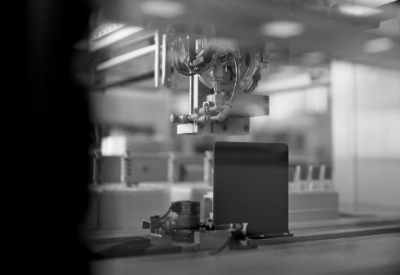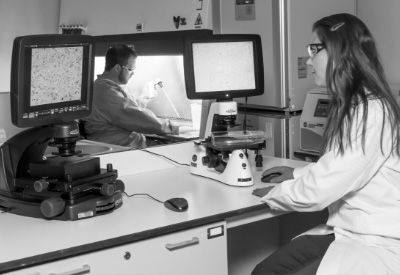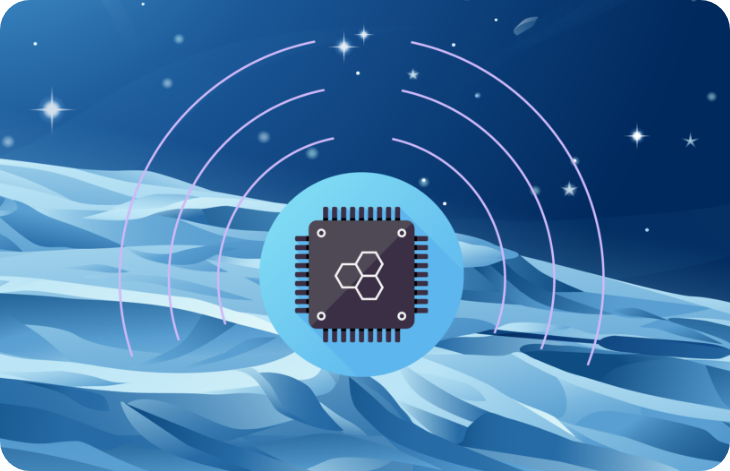
Tiny Components Make Big Impacts
As the name implies, microelectronics is a subfield of electronics that specifically deals with the study and design of small electronic components. Microelectronics are a crucial part of many modern electronic devices and are incorporated into computers, cell phones, televisions, and more.
Microelectronic devices are typically made of semiconductor materials, and they incorporate standard electronic components (such as capacitors, resistors, transistors, etc.) but on a micro- or nanometer scale. Technological advancements continue to push the limits of miniaturizing electronic components, bringing microelectronic components to the forefront of the field for low-power applications.
City Labs has launched innovative low-energy power supply solutions through our patented NanoTritium™ nuclear battery technology.
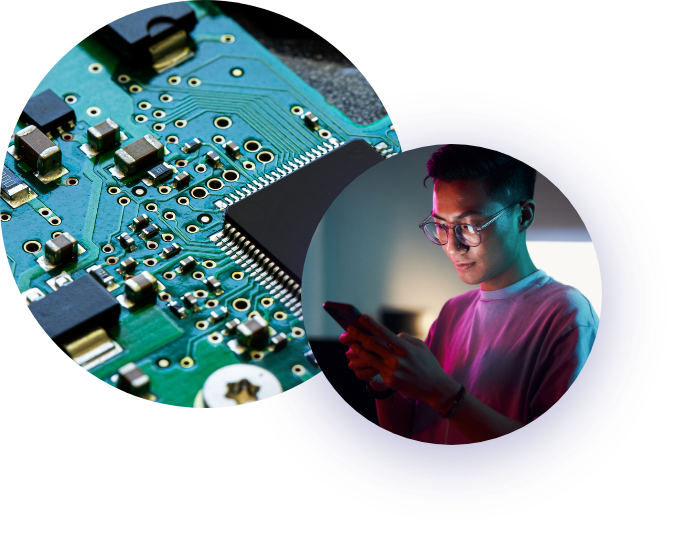
City Labs NanoTritium™ Batteries Help Power Microelectronic Devices
Microelectronic devices necessitate sufficiently small, yet reliable power sources. Conventional batteries tend to be far too large to be incorporated in microelectronic devices and frequently need replacing. City Labs has recently emerged as a global leader in low- and ultra-low-power battery design thanks to our patented and cutting-edge NanoTritium™ battery technology.
NanoTritium™ batteries stand at the leading edge of nuclear and low-power battery technology and boast several unique and game-changing features for low-power energy solutions. Our batteries employ a unique betavoltaic power source which makes them not only highly efficient but also highly durable, as demonstrated by independent testing that has highlighted the ability of these batteries to survive harsh environmental conditions, such as extreme temperature variance, altitude, and vibration. These feats are made possible thanks to the proprietary architecture employed by City Labs alongside the naturally robust properties of tritium.
In addition, NanoTritium™ batteries can be downscaled to incredibly small sizes to meet most microelectronic space requirements, and they also boast a massive 20+ years of continuous operating power. Combined, these features place our batteries at the forefront of the microelectronic field due to the durability, reliance, and long-term power solutions they offer to low-power and ultra-low-power devices.
Reasons for Microelectronic Trends
Recent years have seen a noticeable increase in interest and demand for microelectronics and increased low-power capabilities. These trends are largely driven by the power electronics industry searching for permanent solutions to improve efficiency, cut costs, and reduce energy consumption, along with environmental and practical reasons to transition from fossil fuels to renewable energy.
Microelectronic trends are also closely tied to trends in low-power electronics due to the necessity of low-power batteries in powering increasingly compact, low-cost devices that can deliver consistent, long-term power solutions without risking overheating or other malfunctions.

Efficiency
Global research efforts are investigating potential operating efficiency improvements that can be made for microelectronics, as these devices are present in nearly all modern technology, including computers, smartphones, medical devices, automobiles, and more. Increased efficiency can lead to consistent, long-term power solutions with the potential to improve technologies critical to everyday life and provide broad solutions for issues related to climate, global energy consumption, and even national security.
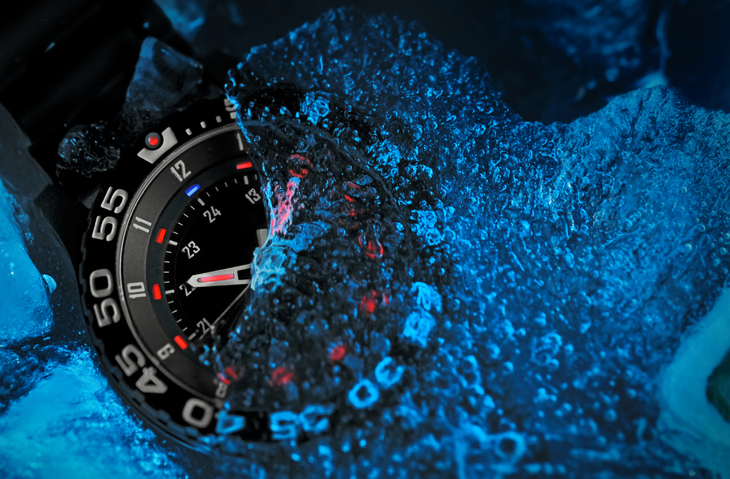
Portability
Portability and microelectronics go hand-in-hand, as the size of a device will be necessarily limited by the size of its power source. Smaller, more efficient microelectronic power sources not only allow for a more compact size but also ensure the device can run for longer periods of time before needing recharging.

Operating Space
While downscaling electronic components is necessary for microelectronic design, this process comes with some notable challenges. At such small sizes, the physical proximity of individual circuit components can cause unwanted electronic properties.
Furthermore, the power consumption rate of newly manufactured electronic devices has tended to increase with each passing year, which has in turn necessitated additional manufacturing improvements to microelectronic components to overcome unwanted effects, such as overheating and current leakage.
What Are Low-Power Electronics?
Low-power electronics are specifically designed to consume low-power rates. Such devices tend to incorporate microelectronic components and often boast long operational lifespans. The terms “low-power” and “ultra-low-power” are relative, device-dependent, and broadly serve to contrast their sufficiently reduced power levels with more conventional (higher) power levels.
Why Is Low-Power Design Important?
When designing any electronic device, power consumption is a primary concern. This is especially true for portable devices that rely on battery power, as low-power consumption means these devices can run for longer periods of time without requiring a recharge or spare battery.
While increased operating time is a major feature motivating low-power design, other factors are also of interest, such as lowering operating costs and saving precious energy resources. Simply put, the more power a device draws, the more costly it will be to operate. High-power devices can also pose environmental concerns due to the rate at which they draw from natural resources and corresponding environmental concerns.
Low-power electronic devices improve operational efficiency, reduce total operating cost, and limit adverse environmental impacts. Combined, these factors save vital resources and create opportunities for more advanced technological developments that may otherwise have been prohibited by impractical, environmentally harmful, and expensive power requirements.

Benefits of Low-Power Electronics
As it stands, low-power electronics are poised to be key players in global energy consumption for the foreseeable future. Recent and ongoing research efforts have led to groundbreaking discoveries and technological advancements that have enabled the design of increasingly compact, durable, long-lasting, and efficient low-power electronics.
Wide-scale implementation of low-power electronics will address humanity’s dire need for low-cost, green energy solutions and enable further technological discoveries through continuous research, testing, and refinement.
Check Out City Labs’ NanoTritium™ Battery
Read about our NanoTritium™ technology and see how it works. If you are looking for long-lasting, low-energy betavoltaic power sources to power your microelectronics, don’t hesitate to reach out to us. City Labs is always looking for new commercial partners to work with.
Contact Us Today
